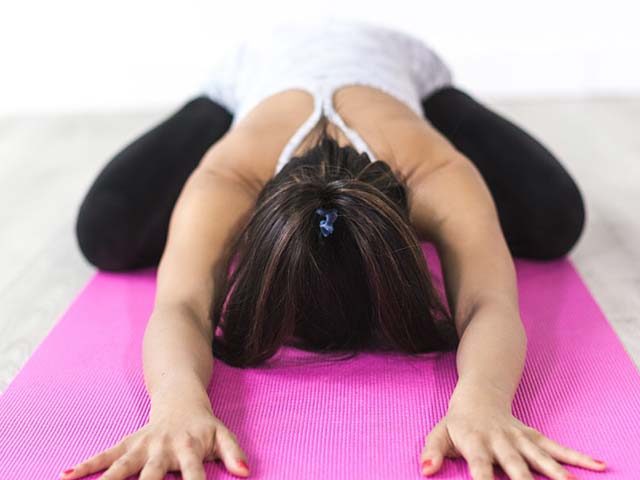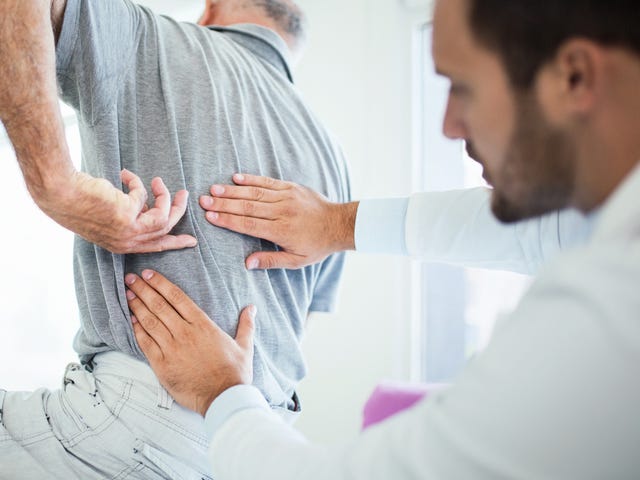No person’s neck and back pain treatment method works for every person, but exercise treatment is usually considered to be a critical element of treatment. Solid, well-balanced muscle mass throughout the core help to support appropriate stance as well as spinal security.
Yet some people don’t experience significant gains from workout therapy. There could be several reasons for this, including a reason for discomfort that isn’t being dealt with in physical treatment or a poor workout plan. One research recently looked to recognize elements that play a role in the success or failure of workout therapy; the outcomes can aid people and doctors avoid usual challenges and boost the possibility of success.
Factors of Therapy Success
The research study evaluated the disability scores of 211 individuals prior to as well as after seven sessions of physical therapy, in addition to a one-year follow-up. Success was specified as a 30% or better renovation in handicap score.

One substantial searching for was that patients who didn’t reply to treatment instantly after their seven sessions – those with greater baseline discomfort scores – were not in the failing team at the 1-year follow-up. This, combined with the reality that adherence to the workout program referred to therapy success at follow-up, can encourage clients to stick with their workout preparation even if they don’t see prompt outcomes. Adherence to the program doubled the price of success.
One more considerable aspect of success identified by the study was much better mental health at baseline. This outcome is consistent with the huge and also ever-growing body of research that vouches for the link between mental health and wellness and physical discomfort. It recommends that psychotherapeutic interventions are very important for those with stress and anxiety, anxiety, or anxiety of movement.
Factors of Therapy Failing
As stated over, higher pain ratings suggested bad outcomes immediately after physical therapy but not at the one-year follow-up. 2 aspects connected with unfavorable results at the follow-up were older age and medicine use.
Medication is a typical go-to kind of pain management today and also, in cases where severe pain hinders everyday life, it is called for. Yet medicine should not be treated as an offered for everyone with pain or as a perfect lasting treatment part. This research suggests that medication use may impede the performance of more proactive kinds of treatment.
Another important factor for success identified in the study was better mental health at baseline. This aligns with the growing body of research highlighting the link between mental health and physical pain. It suggests that psychotherapeutic interventions are important for individuals experiencing anxiety, depression, or fear of movement.
On the other hand, factors associated with treatment failure at the follow-up were older age and medication use. While medication can be necessary for managing severe pain that significantly impacts daily life, it should not be seen as a one-size-fits-all solution or a long-term treatment strategy. This study suggests that medication use may hinder the effectiveness of more proactive forms of physical therapy for pain.




